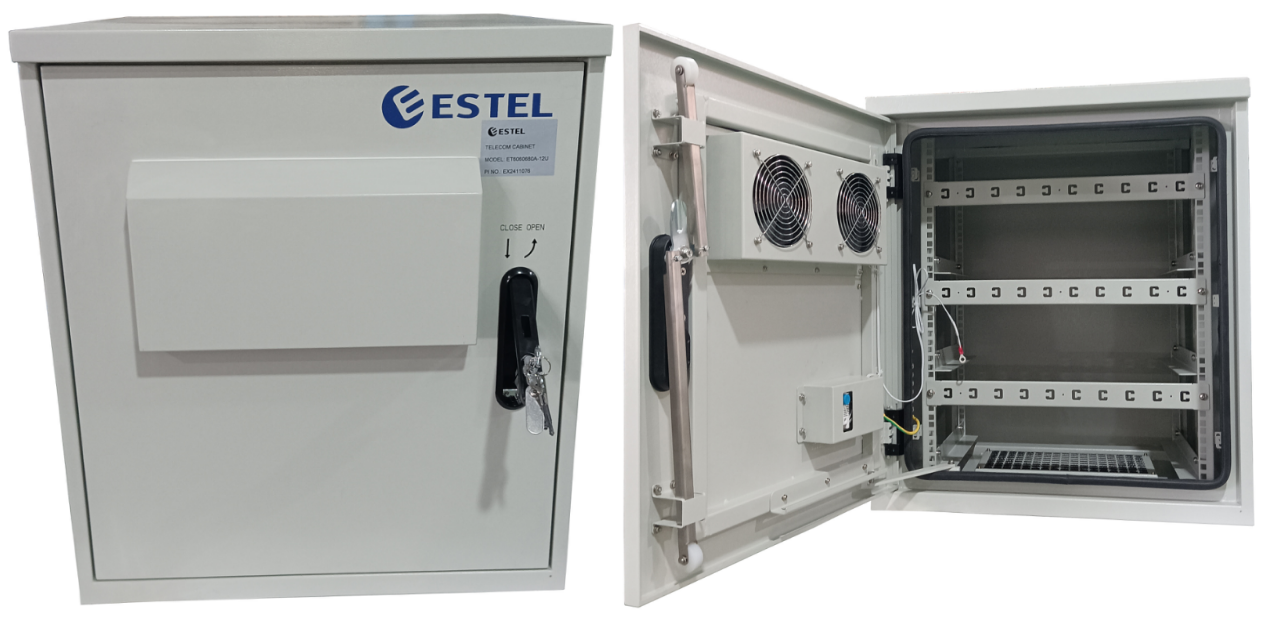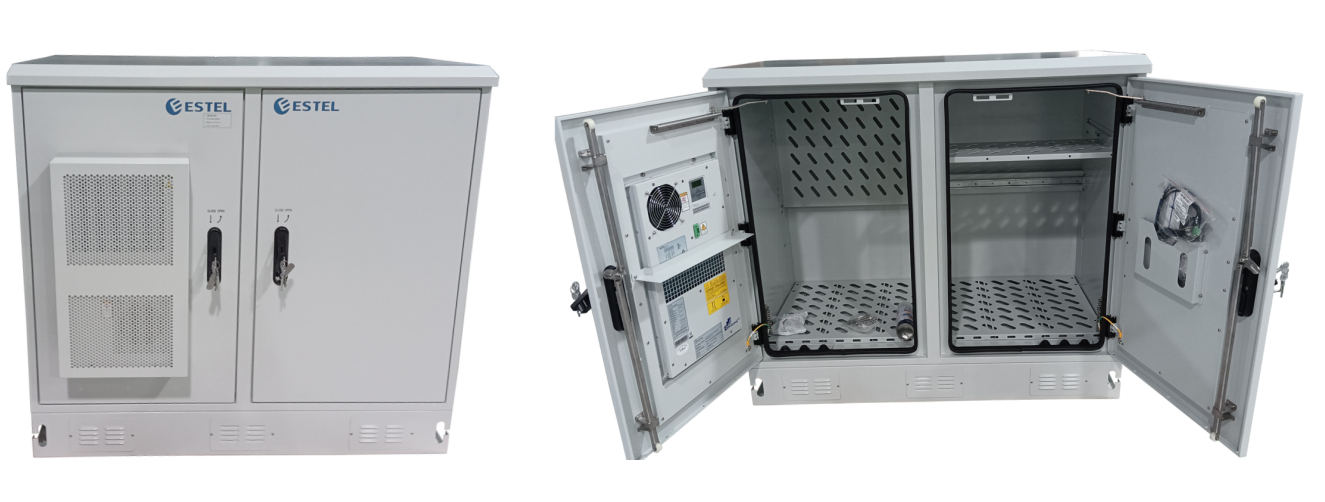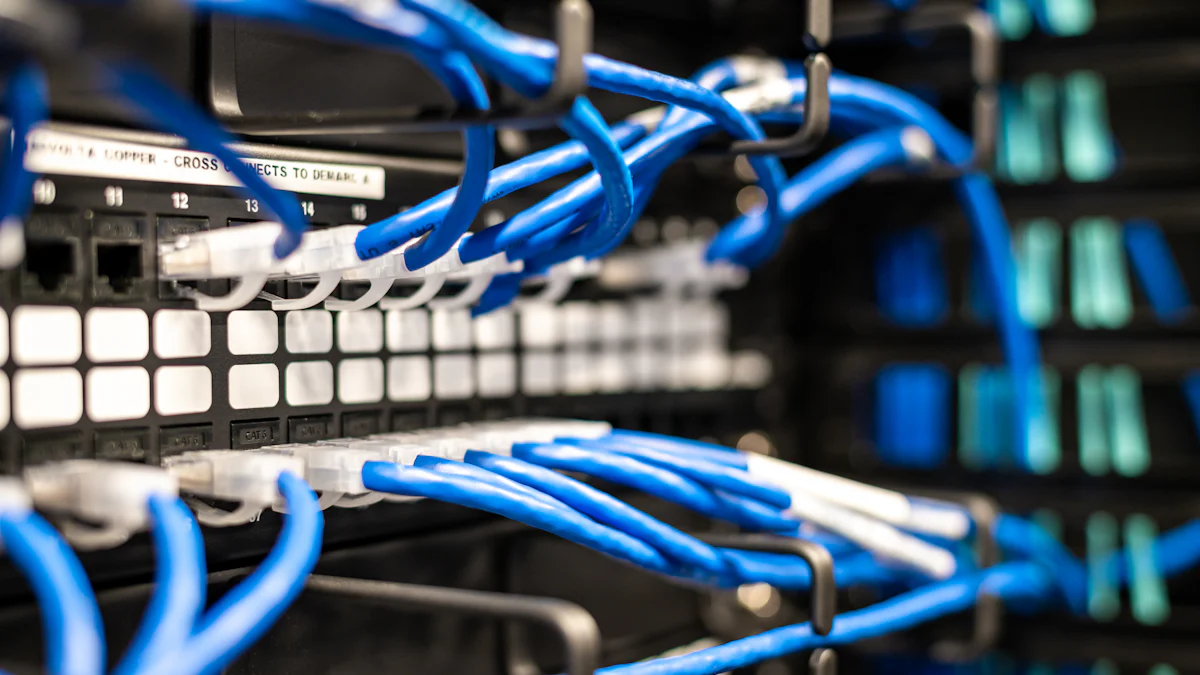Choosing the Best RackmountEnclosureDepthOptions Made Simple

Rack depth is a critical factor in ensuring your equipment fits securely and functions effectively. It represents the distance between the front and rear mounting rails of a rack, directly influencing compatibility with rack-mounted equipment. Selecting the appropriate depth helps avoid installation challenges and enhances overall performance.
Here are some common rackmountenclosuredepthoptions:
Depth Option | Description |
|---|---|
42 inches | Standard depth for rack enclosures. |
36 inches | Mid-depth option for various equipment needs. |
32 inches | Shallow-depth option for limited space setups. |
Different rackmountenclosuredepthoptions cater to specific environments. For example:
Data centers frequently utilize racks with depths ranging from 27 to 42 inches to support high-performance equipment.
Home offices benefit from compact options like 12-inch or 18-inch racks, which are perfect for smaller setups.
Audio-visual configurations emphasize portability and cable management, making mid-depth racks an excellent choice.
Choosing the right rackmountenclosuredepthoptions ensures your server rack cabinet enclosures are tailored to your requirements, whether for a home office or a large-scale data center.
Key Takeaways
Picking the correct rack depth is important for fitting equipment well.
Measure your equipment's depth, height, and width to prevent problems.
Think about future needs; choose deeper racks for new equipment later.
Check manufacturer details to match your equipment's size and cooling needs.
Good cable management helps airflow, prevents overheating, and makes upkeep easier.
Factors to Consider When Choosing Rack Depth

Equipment Size and Compatibility
Matching rack depth to equipment dimensions
When selecting a rack, you must ensure its depth matches your equipment's dimensions. Start by reviewing the specifications sheet of your devices. For example, if a server has a maximum depth of 756mm, add 150mm for cable routing. This calculation results in a total depth requirement of 906mm, meaning you should choose a rack with at least 1000mm depth. This ensures proper mounting and prevents issues during installation.
Standard rack depths range from shallow 27-inch racks to deeper 42-inch options. Deeper racks accommodate cabling and accessories, making them ideal for modern setups. Always measure your equipment carefully to avoid mismatches.
Examples of equipment requiring specific depths
Modern servers often exceed the depth of mid-sized racks. For instance, some servers, like EMC Isilon, may not fit in a 42-inch rack due to extended backs. Data centers typically use racks with a depth of 42 inches to meet the requirements of high-performance servers. Shallow racks, such as 27-inch options, are better suited for compact setups with limited space.
Cooling and Ventilation Needs
Impact of rack depth on airflow and cooling efficiency
Rack depth plays a significant role in maintaining proper airflow. Deeper racks allow better cable management, reducing airflow blockages. However, as server density increases, cooling becomes more challenging. Experts predict that average server rack density could double by 2025, leading to higher heat generation.
Considerations for high-performance servers
High-performance servers require advanced cooling solutions. Self-cooled cabinets work well for setups with fewer high-density racks. For extreme heat densities, total immersion cooling offers an effective solution. However, it may cause floor loading issues due to its weight. Always evaluate your cooling needs based on your server rack dimensions and density.
Space Constraints and Installation Environment
Evaluating available space for rack installation
Before choosing a rack, assess the available space in your installation area. Measure the height, width, and depth of the space to ensure the rack fits comfortably. Compact racks, such as 32-inch or 36-inch options, work well in tight spaces.
Challenges in tight or unconventional spaces
Installing racks in unconventional spaces can be tricky. Limited width or height may restrict your options. Shallow racks are ideal for such scenarios, but you must ensure they meet your equipment's mounting depth requirements. Proper planning helps you avoid installation challenges and ensures efficient use of space.
Common Use Cases for RackmountEnclosureDepthOptions

Home Offices and Small IT Setups
Typical equipment used in home setups
In home offices or small IT setups, you often rely on compact equipment. This includes small servers, network switches, and storage devices. These setups typically require minimal hardware, making them ideal for environments with limited space. Compact server rack sizes, such as 12-inch or 18-inch depths, are perfect for organizing your equipment efficiently.
Why compact rack depths (e.g., 12-inch, 18-inch) are ideal
Compact racks offer several advantages. They save space, making them suitable for tight areas like home offices. These racks also improve productivity by reducing the time needed to locate and manage equipment. Enhanced security features in compact racks help protect your devices from theft or damage. Additionally, their smaller dimensions make them cost-effective, as they minimize the need for extra storage space.
Data Centers and Enterprise Applications
Equipment requirements for large-scale setups
In a server room or data center, you need robust infrastructure to handle high workloads. Essential equipment includes:
Physical servers for computational power.
Networking devices like switches and routers for connectivity.
Storage systems for managing and protecting data.
Power and cooling systems to maintain optimal performance.
Security measures to safeguard sensitive information.
Why deeper racks (e.g., 24-inch, 30-inch, 42-inch) are preferred
Deeper racks are essential for large-scale setups. They accommodate larger equipment, such as high-performance servers, and provide better cable management. These racks also support heavier loads, ensuring stability and reliability. For example, data center racks with 42-inch depths are ideal for housing advanced servers and managing complex cabling systems.
Audio-Visual and Media Production
Specialized equipment used in AV setups
Audio-visual setups often include specialized equipment like mixers, amplifiers, and media servers. These devices require organized storage to ensure smooth operation.
Depth considerations for portability and cable management
In AV production, cable management is critical. Proper organization prevents tangling and ensures safety. Using raceways or cable trays helps secure wires and maintain efficient airflow, reducing overheating risks. Mid-depth racks, such as 24-inch or 30-inch options, are ideal for AV setups. They balance portability with functionality, making it easier to transport equipment while maintaining a professional appearance.
Tips for Selecting the Right Rack Depth
Measuring Your Equipment
Step-by-step guide to measuring equipment dimensions
Accurate measurements are essential when selecting a rack. Start by measuring the depth of your server and other equipment. Use a tape measure to determine the distance from the front to the back of each device. Add extra space for cable management and airflow. For example, if your server measures 700mm in depth, include an additional 150mm for cables. This ensures the rack accommodates your equipment comfortably.
Next, measure the height and width of your devices. Standard racks use "U" units to indicate height, with 1U equaling 1.75 inches. Count the total U units required for all your equipment. Finally, confirm the width of your devices matches the rack's standard 19-inch dimensions.
Common mistakes to avoid when measuring
Avoid these common errors to ensure a smooth installation:
Not planning appropriately: Always know the number of racks needed and the room's dimensions.
Not setting up the appropriate PDU: Choose a power distribution unit that matches your equipment's voltage needs.
Not labeling your cables: Proper labeling prevents tangling and simplifies troubleshooting.
Planning for Future Expansion
Importance of accounting for future equipment needs
When choosing a rack, think beyond your current setup. Consider the possibility of adding more servers or devices in the future. A rack with extra depth and height can save you from costly upgrades later. Planning for expansion ensures your infrastructure remains scalable and efficient.
Choosing a depth that allows for scalability
Select a depth that accommodates both your current and future equipment. For instance, if your servers require 32-inch racks now, opt for a 42-inch rack to allow for growth. This approach provides flexibility and avoids the need to replace your rack as your needs evolve.
Consulting Manufacturer Specifications
Checking compatibility with manufacturer guidelines
Always review the specifications provided by your equipment's manufacturer. These guidelines include the recommended rack depth, dimensions, and mounting requirements. Following these ensures your devices fit securely and operate efficiently.
Where to find detailed specifications for your equipment
You can find detailed specifications in the product manual or on the manufacturer's website. Look for information about the server's dimensions, weight, and cooling requirements. This data helps you select a rack that meets all compatibility standards.
Choosing the right rack depth ensures your equipment fits securely and operates efficiently. Depths ranging from 27 to 42 inches accommodate various needs, with deeper racks supporting high-performance equipment. You should consider equipment size, cooling requirements, and available space when evaluating your options. Proper planning prevents installation challenges and ensures scalability for future needs.
Measure your equipment carefully and account for cable management. Always consult manufacturer specifications to confirm compatibility. These steps help you make informed decisions and optimize your setup for long-term success.
FAQ
What is the standard depth for most server racks?
The standard depth for server racks is 42 inches. This size accommodates most high-performance servers and provides enough space for cable management and airflow. If you have unique equipment, always check its specifications to ensure compatibility.
How do I measure my equipment for rack compatibility?
Use a tape measure to determine the depth, height, and width of your equipment. Add extra space for cables and airflow. For example, if your device is 700mm deep, include 150mm for cables. This ensures a proper fit.
Can I use a shallow rack for high-performance servers?
Shallow racks, like 27-inch options, are not ideal for high-performance servers. These servers require deeper racks (e.g., 42 inches) for proper cooling, cable management, and stability. Always choose a rack that matches your server's depth requirements.
Why is cable management important in rack setups?
Proper cable management prevents tangling, improves airflow, and reduces overheating risks. It also simplifies maintenance and troubleshooting. Use cable trays or raceways to organize wires effectively and maintain a clean setup.
Should I plan for future equipment when choosing a rack?
Yes! Always consider future expansion. Choose a rack with extra depth and height to accommodate additional equipment. This approach saves you from costly upgrades and ensures your setup remains scalable.
🛠️ Tip: Always consult manufacturer specifications to confirm rack compatibility with your equipment.
See Also
Finding The Right Rackmount Enclosure Depth For You
Enhancing Outdoor Cabinets With Power, Cooling, And Monitoring
Selecting The Ideal Outdoor Telecom Cabinet Mount For You
Best 10 Weatherproof Outdoor Enclosures For Extreme Environments
Choosing The Right Outdoor Electrical Cabinet For Your Requirements
CALL US DIRECTLY
86-13752765943
3A-8, SHUIWAN 1979 SQUARE (PHASE II), NO.111, TAIZI ROAD,SHUIWAN COMMUNITY, ZHAOSHANG STREET, NANSHAN DISTRICT, SHENZHEN, GUANGDONG, CHINA

